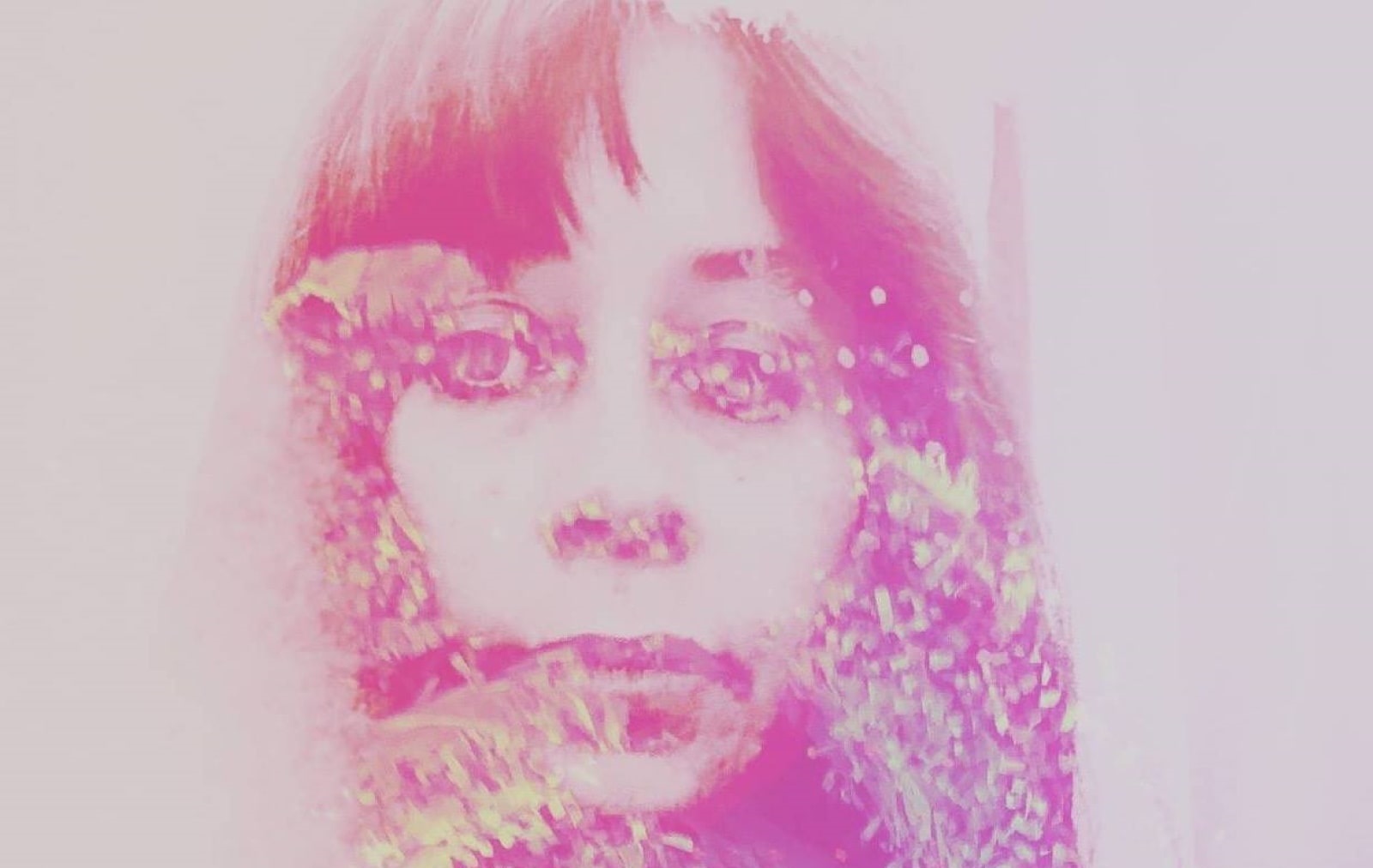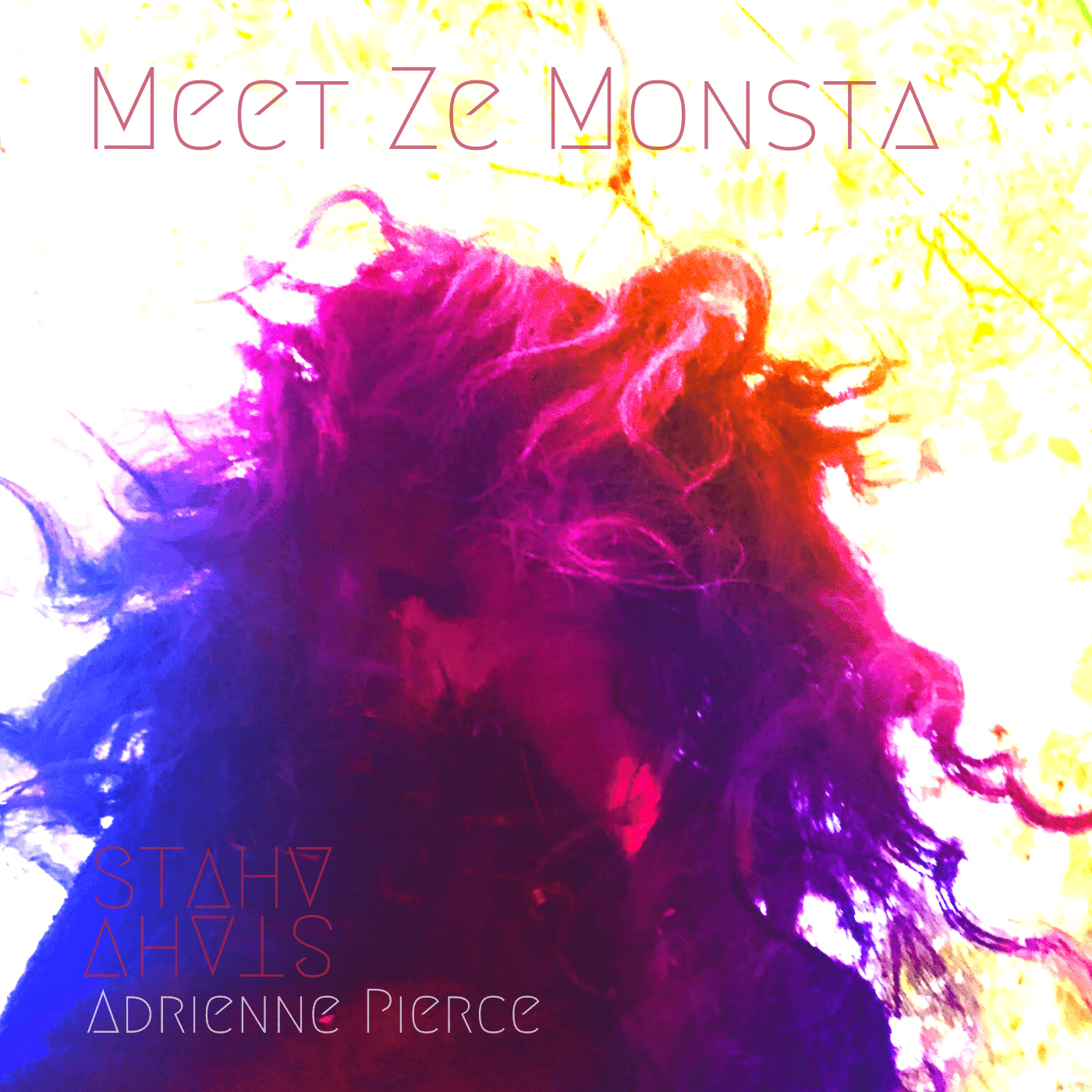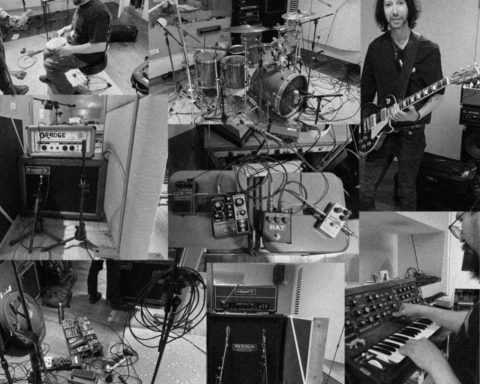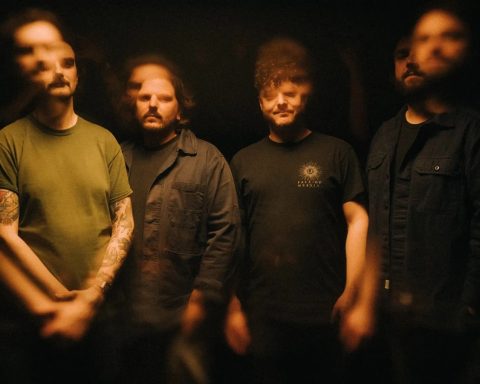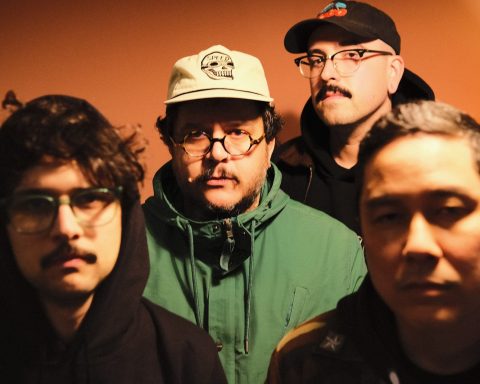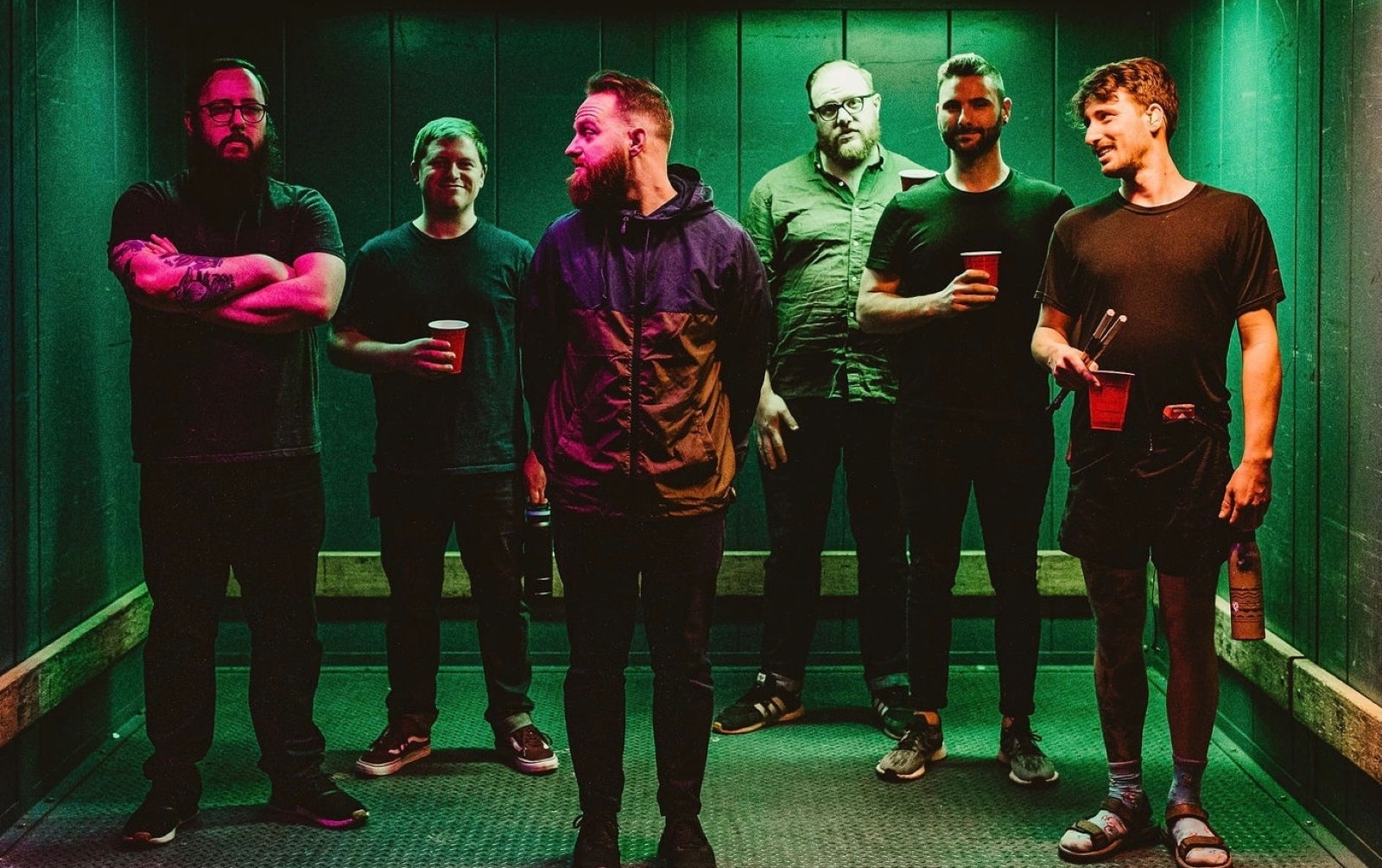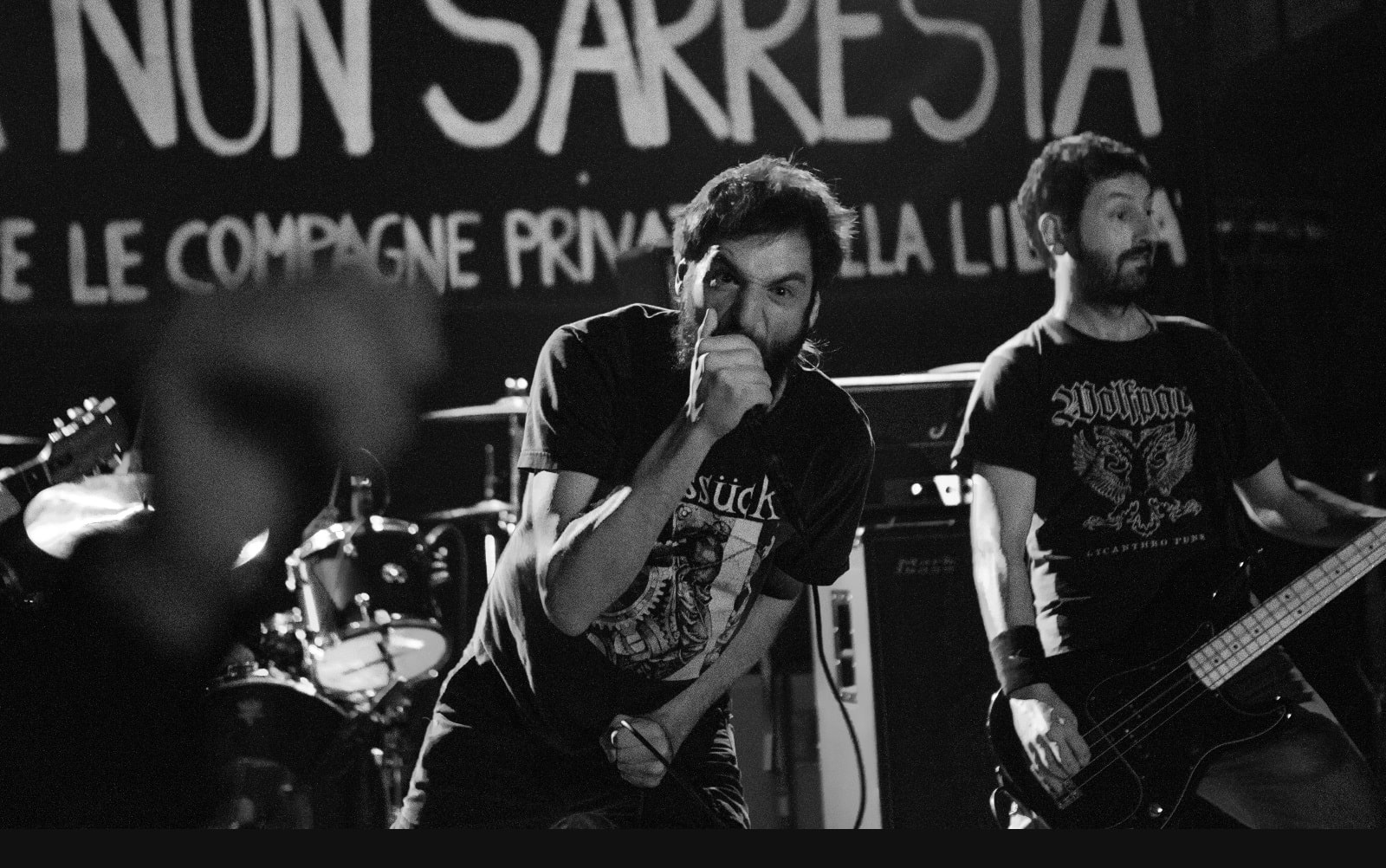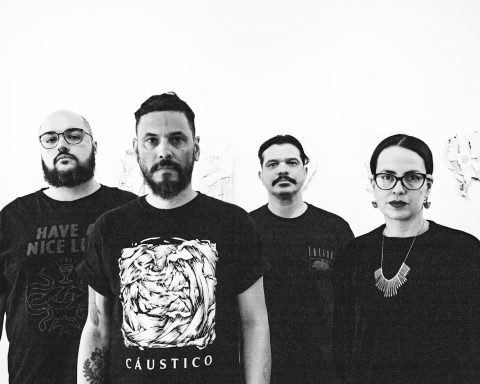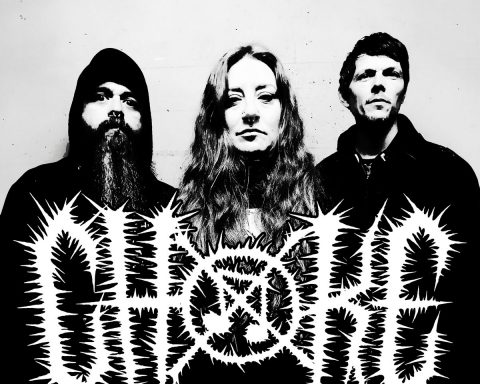Just in time for Halloween 2020, doomgaze act STAHV (Ari Rosenschein) collaborates with Adrienne Pierce on a heavy, trip-hop tinged cover of PJ Harvey’s “Meet Ze Monsta.” Inspired by listening to Harvey’s raw demo version, STAHV and Pierce reimagined the song with layers of swirling vocals, distorted beats, and reversed guitars.
It’s not the first collaboration for the husband-wife duo. As the Royal Oui, Rosenschein and Pierce released two albums, earning press from Rolling Stone, CBC, and Buzzbands LA in the process. In addition, Rosenschein co-produced a pair of Pierce’s solo records. “Meet Ze Monsta” marks STAHV’s first time incorporating an outside musician.
“These monolithic instrumentals also blend trace elements of post-rock, psychedelia, and esoterica. Unlike most of today’s doom disciples, Rosenschein was at ground zero from act one, scene one. His early 1990s bands played with Sleep, Neurosis, and Kyuss.” -Pandora Curator’s Choice
“An adventurous 4-song EP blending elements of heavy psych-rock, doom metal, post-rock, noise-rock, and more.” -KEXP“STAHV succeeds where most of its ilk fail. Unlike most instrumental one-member doom bands, his first self-titled album holds my interest from beginning to end. -Decibel
“A controlled groove spiraling off into previously unknown soundscapes.” -Echoes and Dust
“Cinematic glory that blends guitar loops with lush synths to create bombastic modern soundscapes.” -Willamette Week
In early March of 2020, STAHV played its last show before lockdown with Sorcia and Grim Earth. It was a loud, cathartic night of rock music. STAHV was coming off dates with The Obsessed, The Well, and R.I.P. and had a new EP out called The Sundowner.
“That night at Slim’s Last Chance Saloon in Seattle, I was afraid to hug people, but I did a few times anyway. It was hard not to. This was a metal gig, after all. Plus, things were different.” – he comments.
𝑇ℎ𝑒𝑛 𝑒𝑣𝑒𝑟𝑦𝑡ℎ𝑖𝑛𝑔 𝑐ℎ𝑎𝑛𝑔𝑒𝑑.
STAHV continues: “We all went inside our houses. Nothing was normal. Livestreams permeated my feed; obsessions and fears flooded my mind. During this chaotic time—when grocery shopping felt like a heroic act and reading the news a baptism by blood—I recorded the 18 or so minutes of music on אֵש.
And I put them away.
As the world reeled from COVID-19, the actions and inaction of our unforgivably inept president, and the righteous unrest (not to mention the collective Caucasian soul searching) of the Black Lives Matter movement, I didn’t look at this music. Instead, I learned cover songs, read books, immersed myself in work, tried to keep my head on straight. Until last week, when everything went up in smoke and flames. Like a moth, I got drawn back to these three odd tracks.
I finished them in a flurry. Six months on from their genesis, I knew exactly what to do with the songs. This wasn’t as difficult as the other STAHV recordings. On the prior two releases, I didn’t know what I was carving away to find. The resulting sounds were mysterious, unexpected. This time, I could see the product and kept pushing until it revealed itself. The end product has more heart, more loneliness, and more synthesizer.
So many members of our community are hurting: the venues, bands, singer-songwriters, independent agents. I won’t charge money for the music on this EP. Anything I make from it will go back to other artists. In truth, I love supporting music as much as—likely more—than I do making it.
Esh means fire in Hebrew. It’s the only name this EP could have.
So, here it is:
Conceived in lockdown.
Birthed in fire.
אֵש”
STAHV’s debut self-titled album was released in late 2017:
“Unlike most of today’s doom disciples, Rosenschein was at ground zero from act one, scene one. His early 1990s bands played with Sleep, Neurosis and Kyuss. STAHV opens with “Jardín Infinito,” a wide-eyed panoramic soundscape resting on rumbling, shifting tectonic plates of doomy distortion, Middle Eastern-inspired melodies and shimmering guitar ambience. “The Test” injects an Ennio Morricone-influenced interlude under hard-chugging riffs before “Grüver” closes on a gorgeous contrast of gossamer drones, acoustic arpeggios and a mantra of hypnotic rhythms.” – Eric Shea (Pandora Curators’ Choice)



